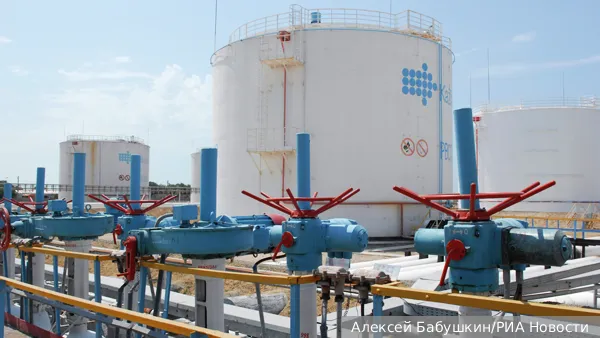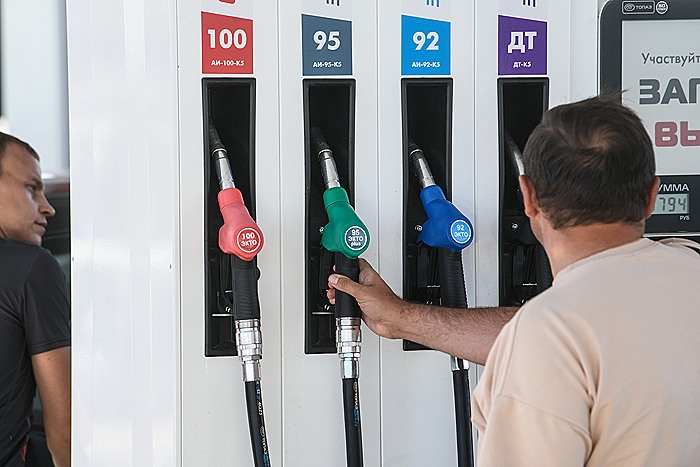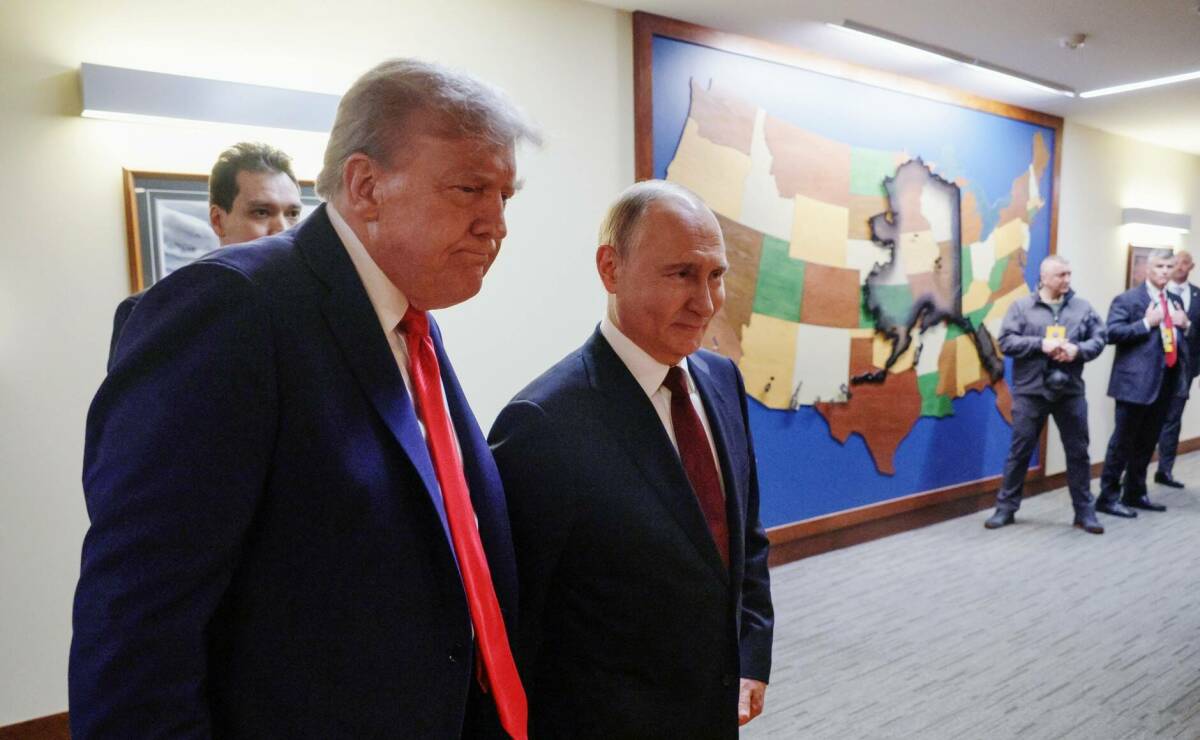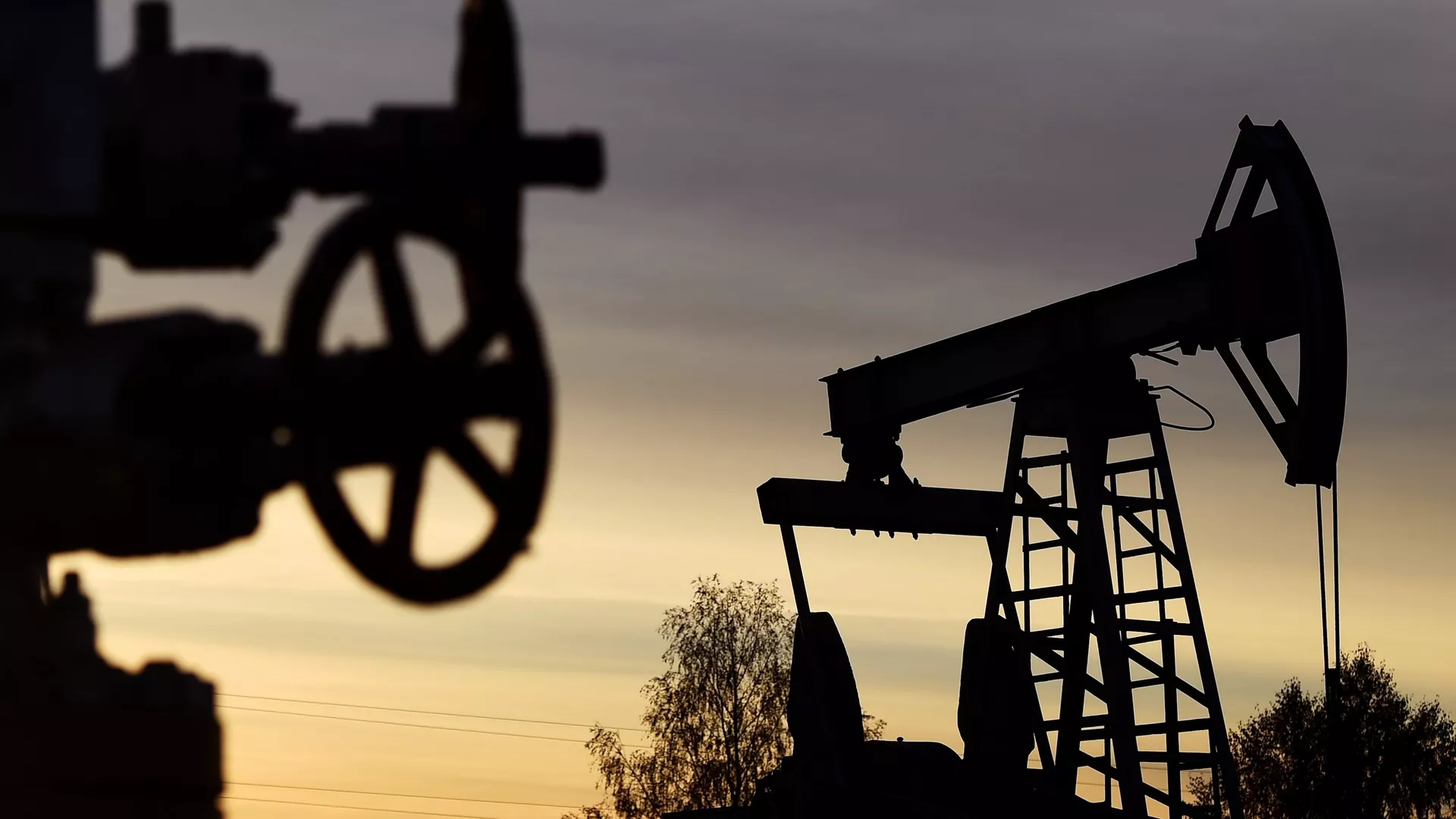Gasoline prices on the exchange have set new records. The price for 92-octane gasoline has risen to 71,970 rubles per ton, and 95-octane gasoline has reached 81,337 rubles per ton. In several gas stations in Crimea, as noted by the head of the republic, Sergey Aksyonov, “there are disruptions with certain types of fuel.” This primarily concerns AI-95 gasoline. According to him, the problem has arisen due to a reduction in production volumes and logistical issues.
— Reports regarding fuel-related issues have periodically emerged from various regions. The work with the regions involves understanding gas station prices, identifying those that deviate from the averages—whether higher or lower in some cases—conducting checks to find out why prices are such, and requesting cost components from the companies selling fuel. Furthermore, it is essential to determine which companies supply fuel to which regions. This is standard practice for both the Ministry of Energy and the Federal Antimonopoly Service, which are engaged in this work daily.
— The news agency RIA mentions an analysis of the reasons for significant price deviations for petroleum products in the Donetsk and Luhansk People's Republics, as well as in the Zaporizhzhia and Kherson regions.
— Simply verifying the nature of the problems and delays might accelerate the logistics companies and rail services to ensure timely fuel delivery. This applies to any region; if citizens or businesses report concerns about potential fuel shortages or supply issues, regulatory agencies conduct automatic checks. This is independent of whether the region is Donbass, Luhansk, Moscow, or Magadan.
— Are there many Russian regions currently experiencing significant fuel price deviations?
— According to statistics, the Far East consistently experiences significant price deviations due to logistical challenges, as do Crimea, Donbass, and Luhansk for the same reasons. There are no new developments here. Ultimately, this is compounded by various regulator actions: direct market control and the export ban. I believe that things will stabilize in September. Every year for the past 20 years, summer has seen supply issues, but by September, everything returns to normal. However, retail prices are programmed for inflation, so when the Central Bank determines that business expectations have aligned and there is deflation, fuel prices at gas stations will decrease.
The Russian authorities will issue a forecast for retail fuel price dynamics by the end of the year. Whether administrative measures will work in the regions is discussed by Sergey Tereshkin, General Director of the oil products marketplace Open Oil Market:
Sergey Tereshkin
General Director of the Oil Products Marketplace Open Oil Market
“In new regions, fuel is sourced from other subjects of the Russian Federation. Companies involved in the retail sale of gasoline and diesel incorporate transport costs into the final price of these products. Consequently, there is an increased risk of rising retail prices. The Federal Antimonopoly Service (FAS) can compel gas station chains to lower fuel prices; however, administrative measures are not effective in the long term. If Company A is restricted, Company B will emerge to sell at higher prices. Perhaps regulators should consider subsidizing fuel supplies; a similar mechanism is effectively used in the energy sector. Something akin to this could be proposed for the fuel market. By the end of the year, the fuel market may revert to an inflation minus format; however, the coming year will be challenging for oil companies. The Central Bank aims to return inflation to the target of 4%, so fuel networks will have to tighten their belts."
The situation was discussed at a meeting chaired by Vice Prime Minister Alexander Novak. He instructed the relevant agencies to present calculations for amending the fuel dampening mechanism retroactively—as of August 1—by September 10. The government has also stated that the domestic market is fully supplied with fuel.
Source: BFM.RU



